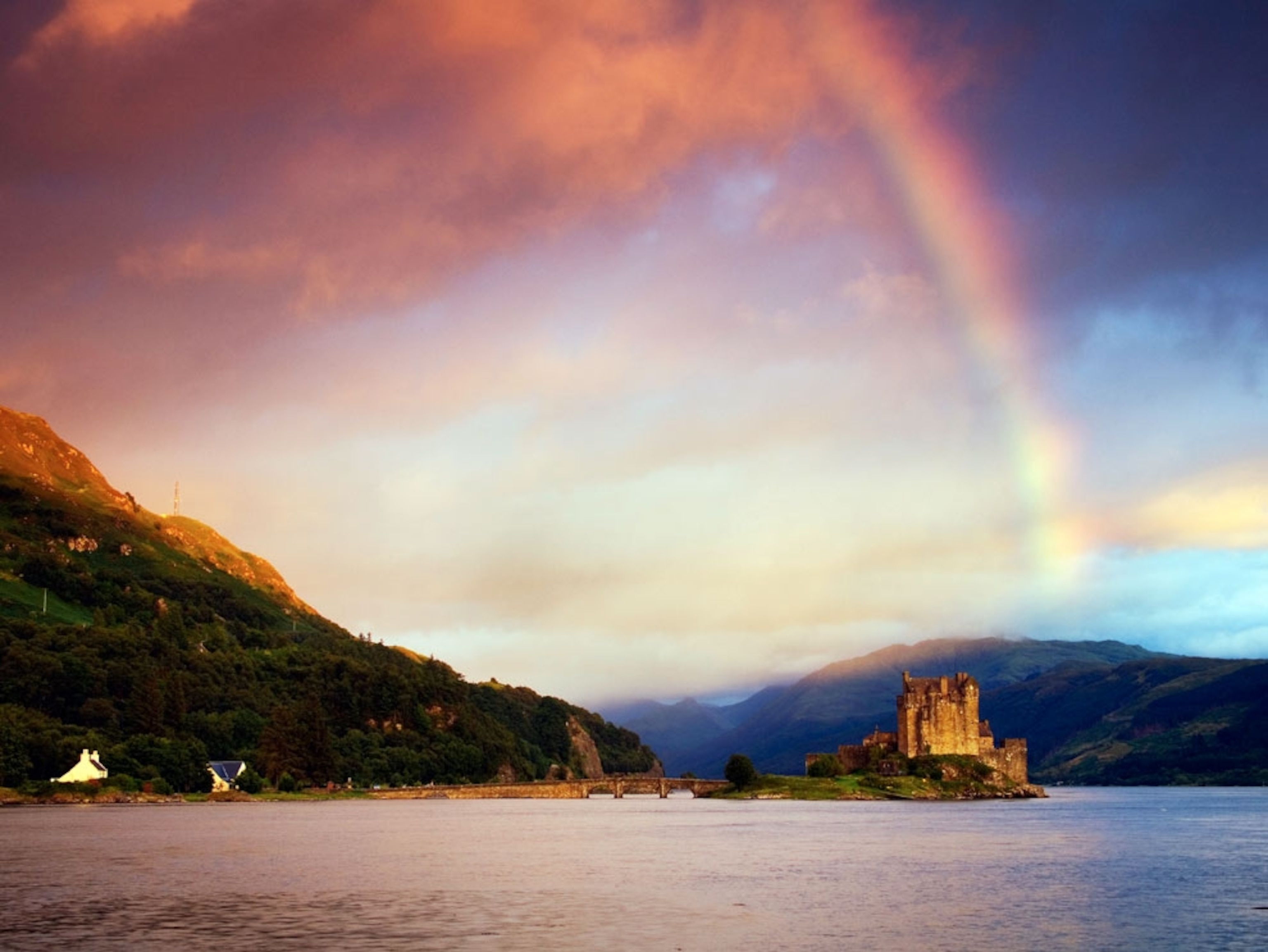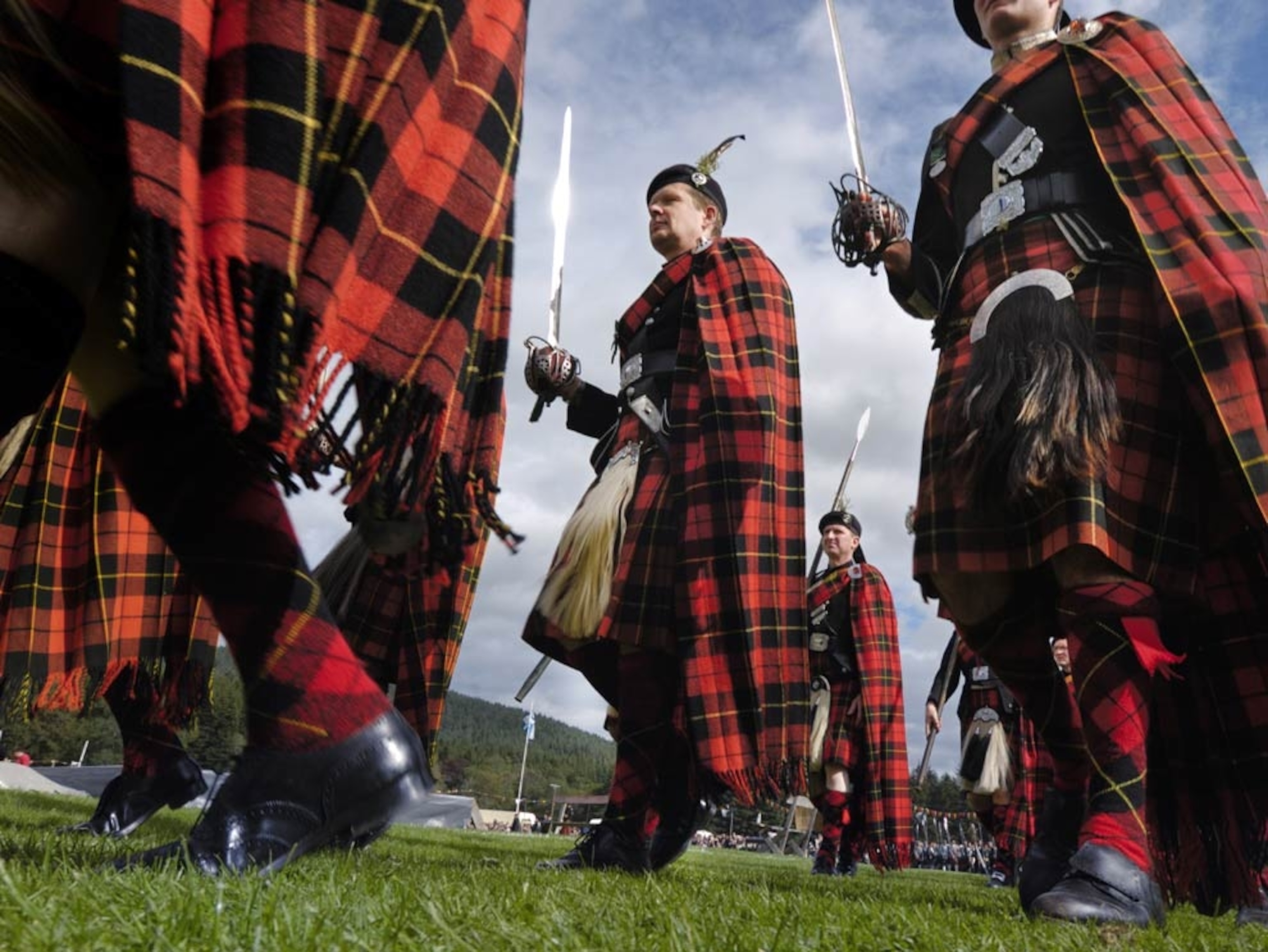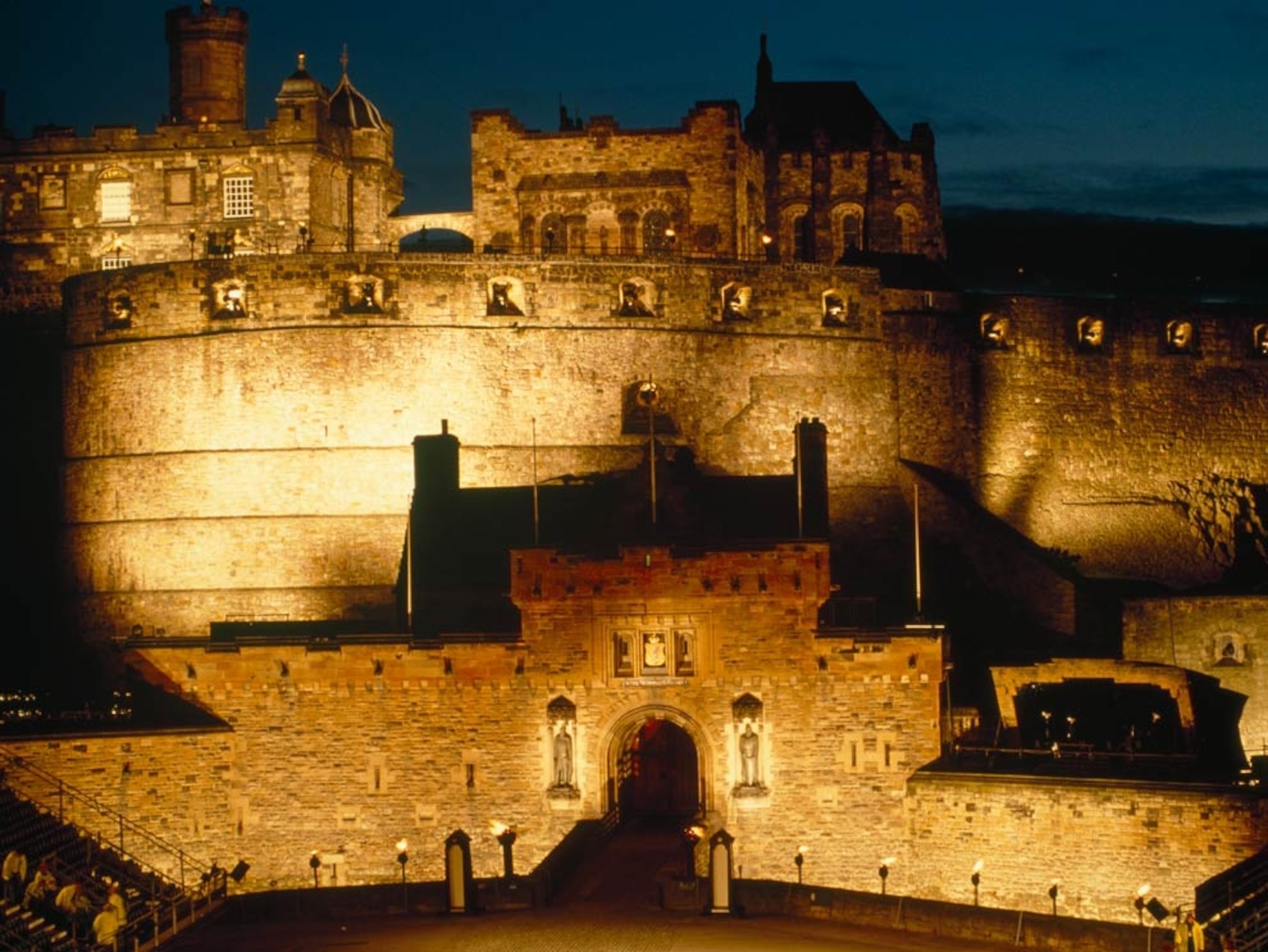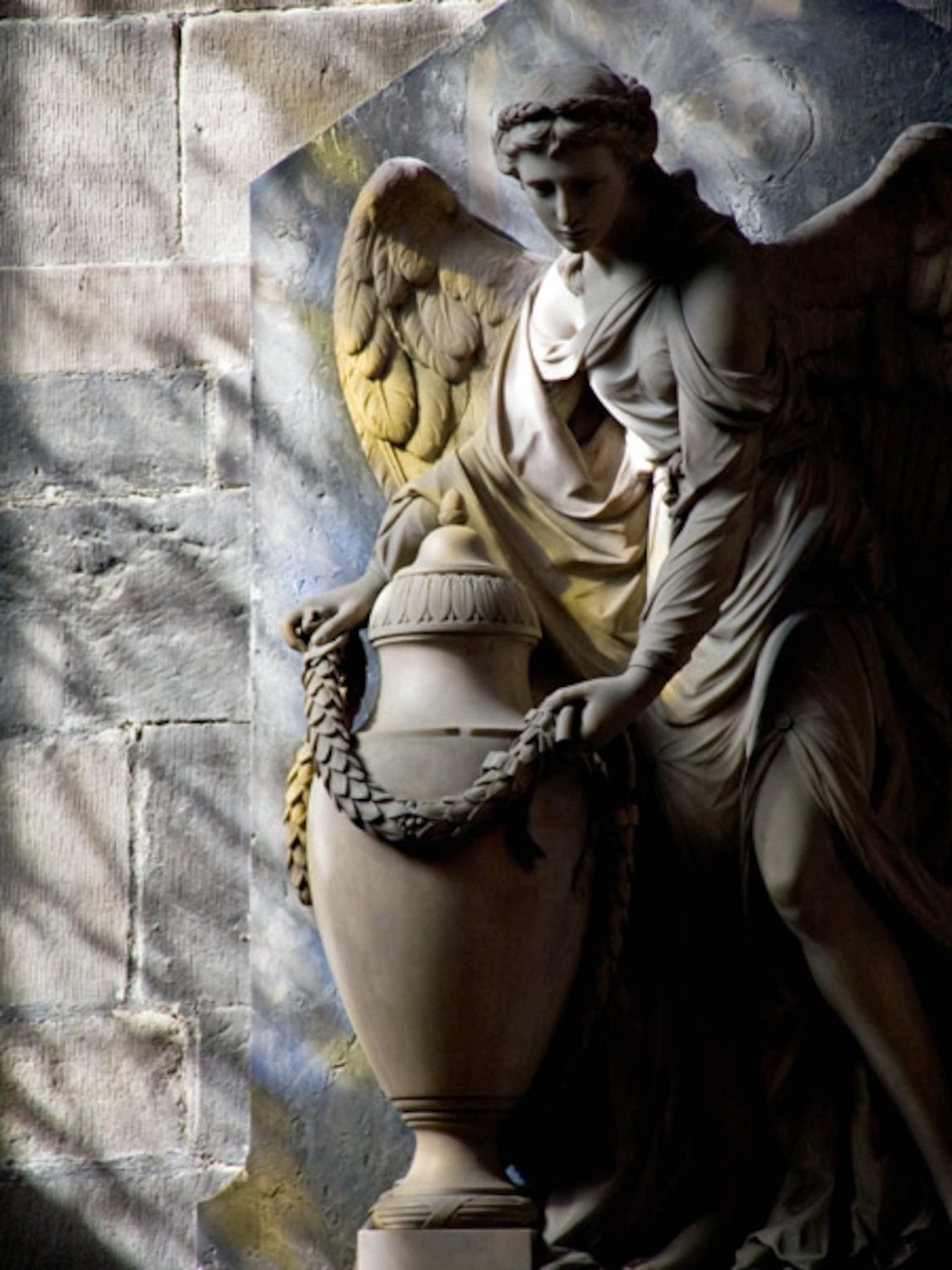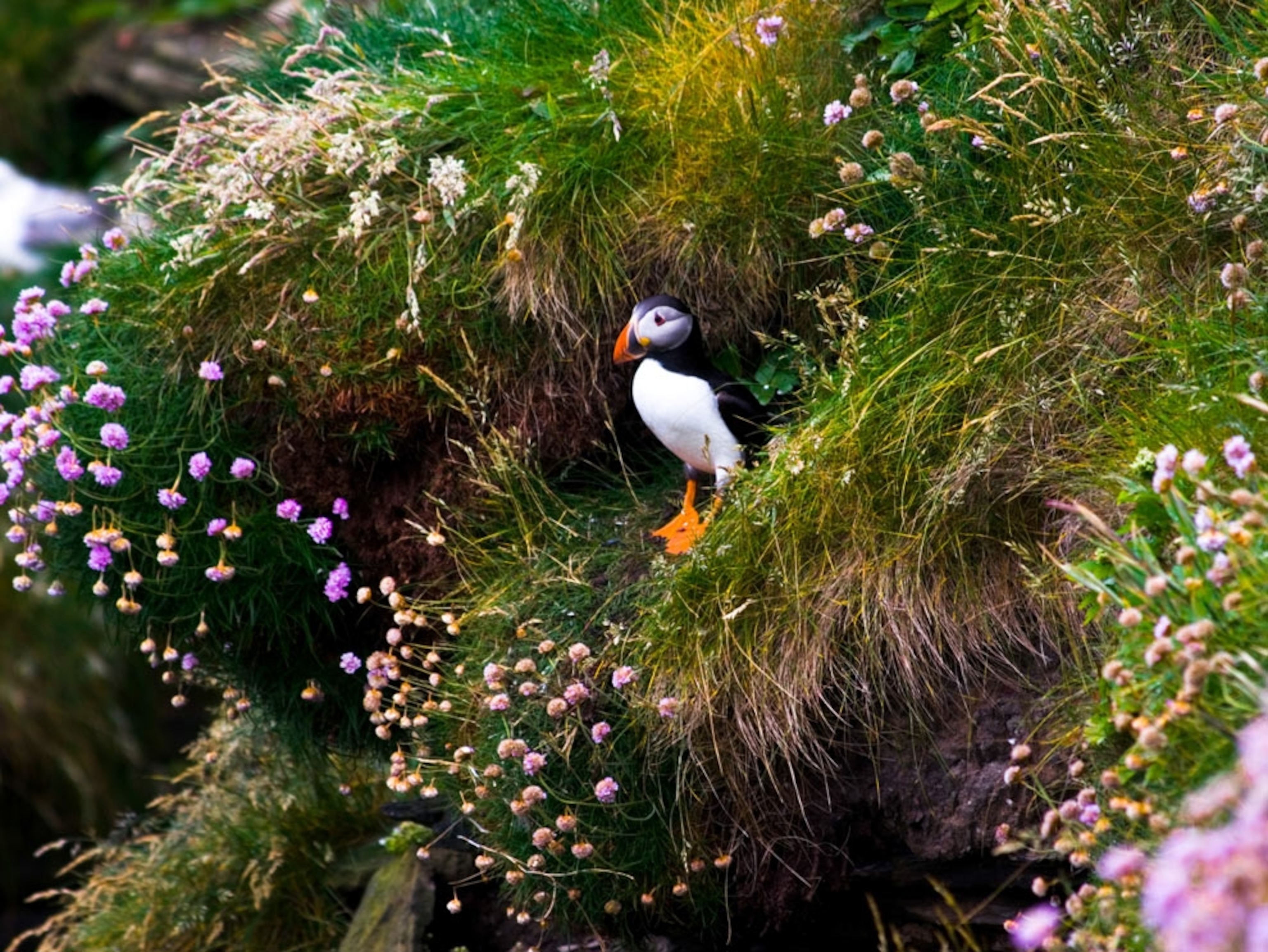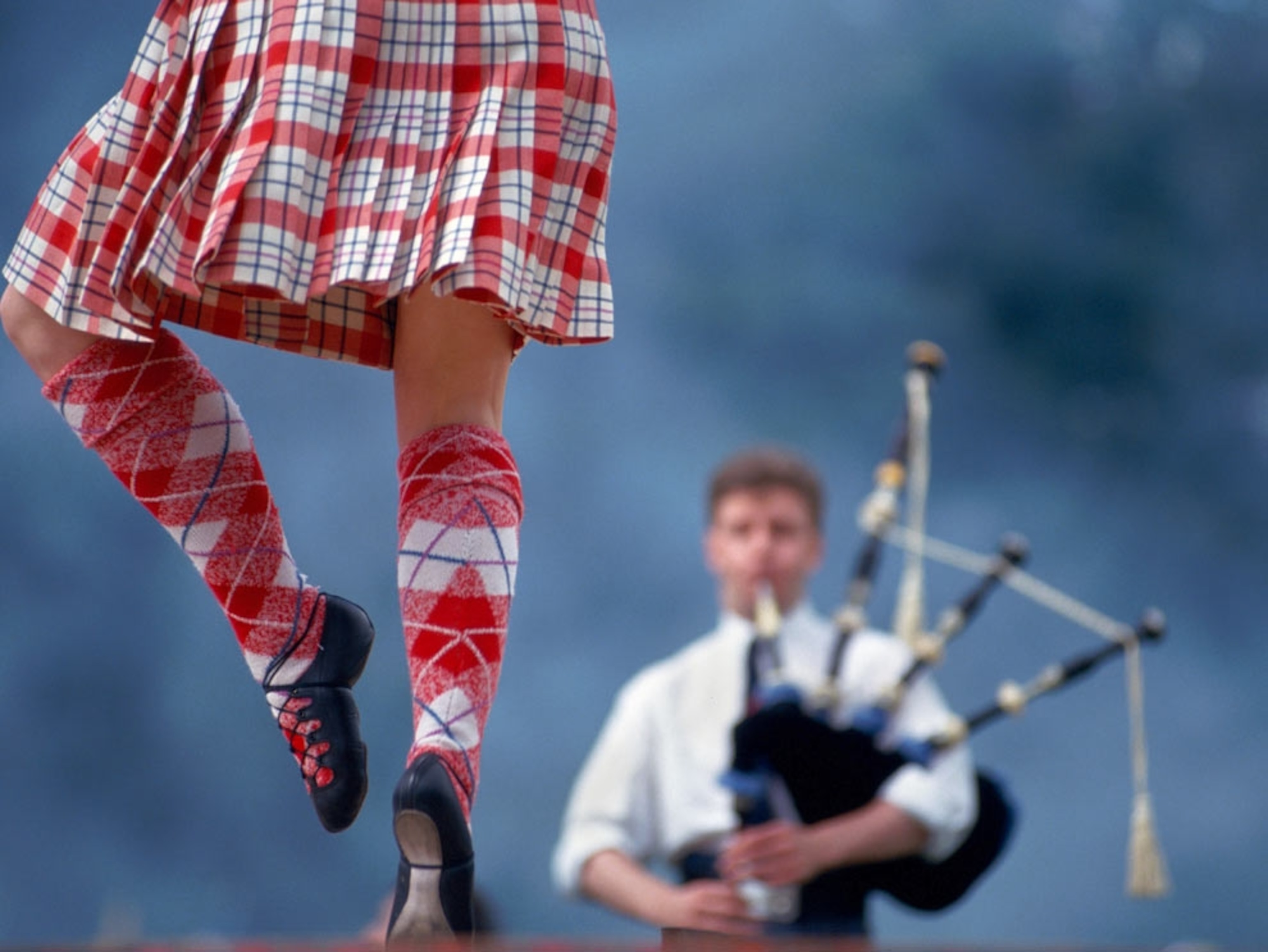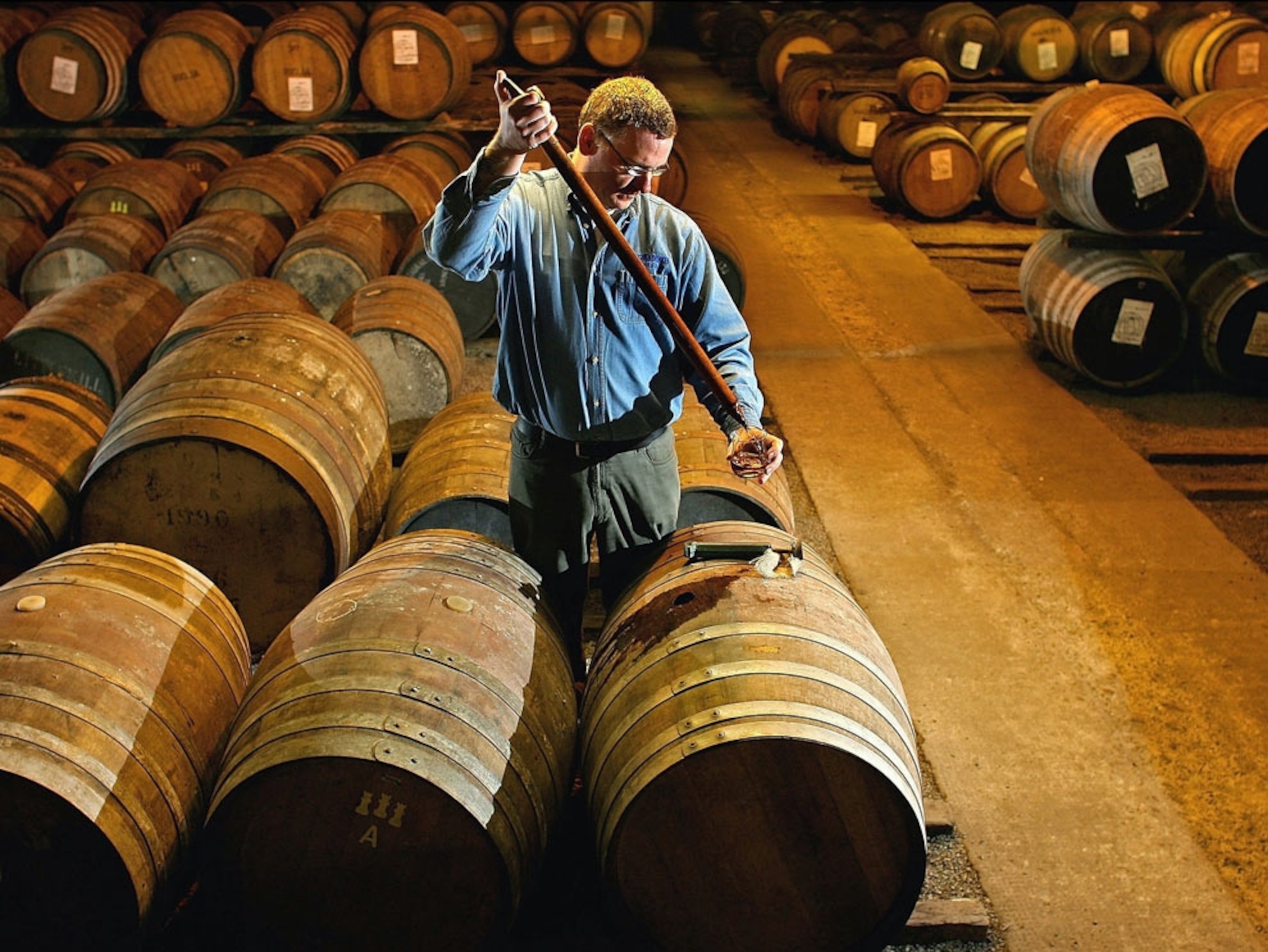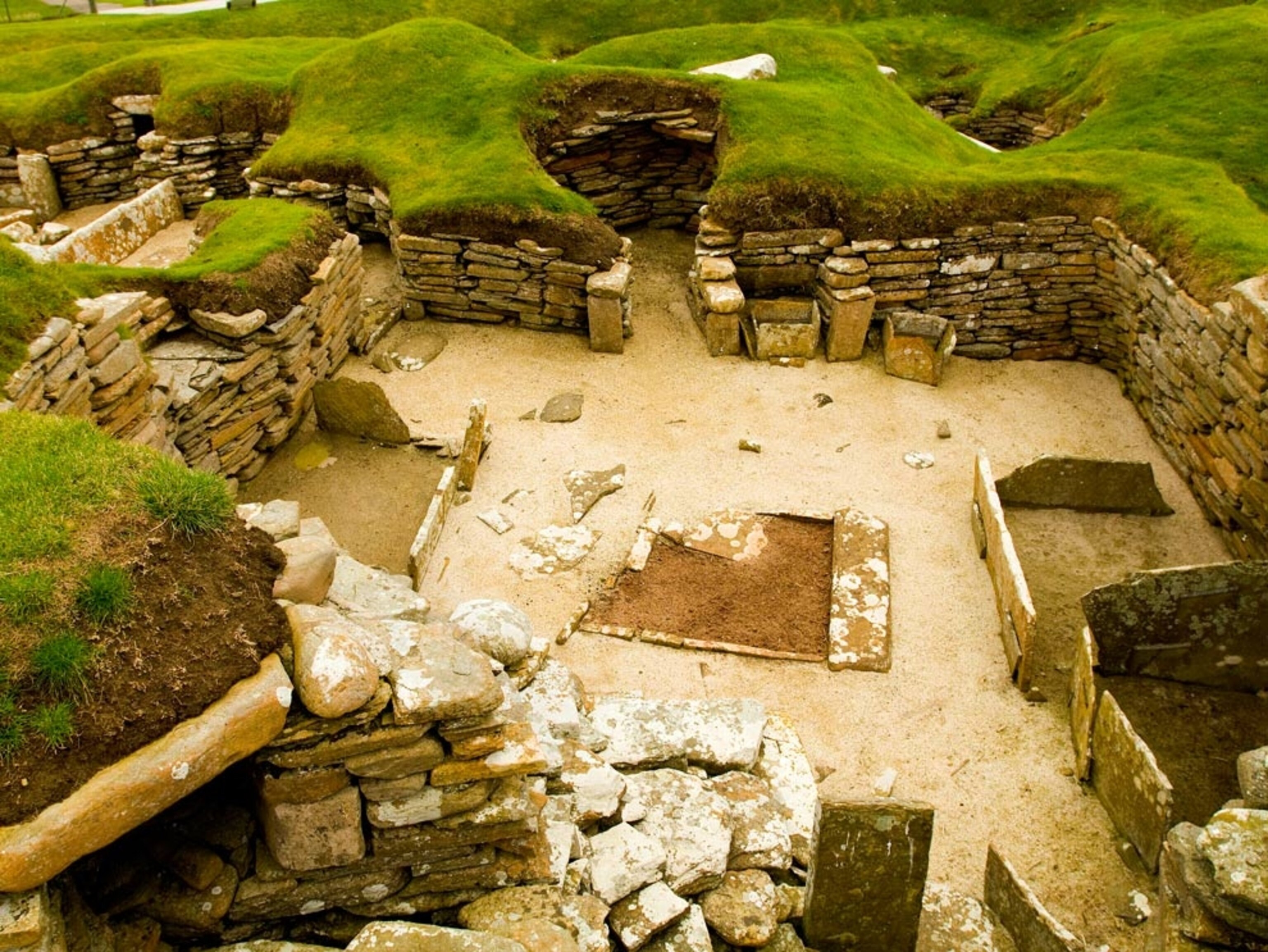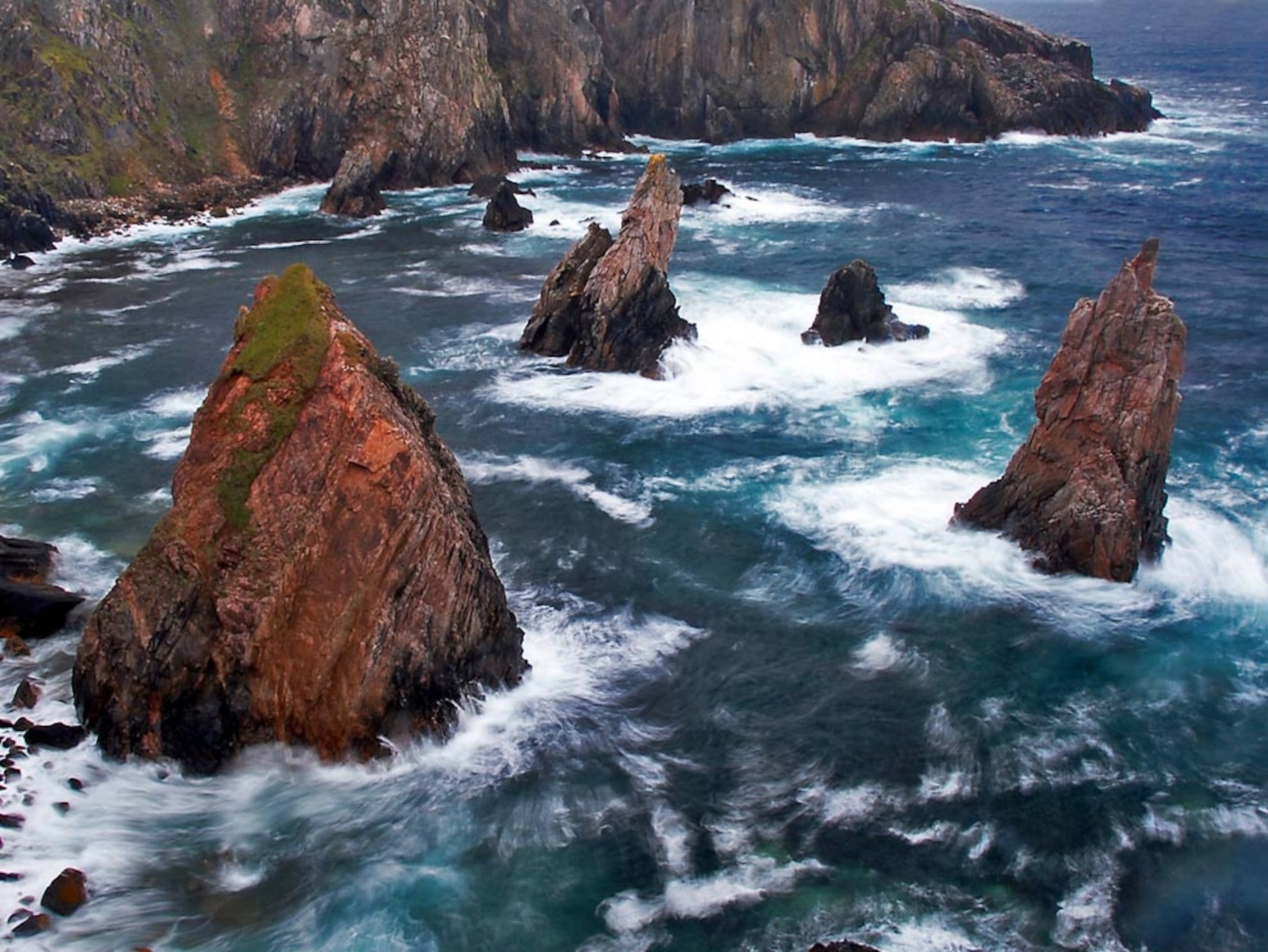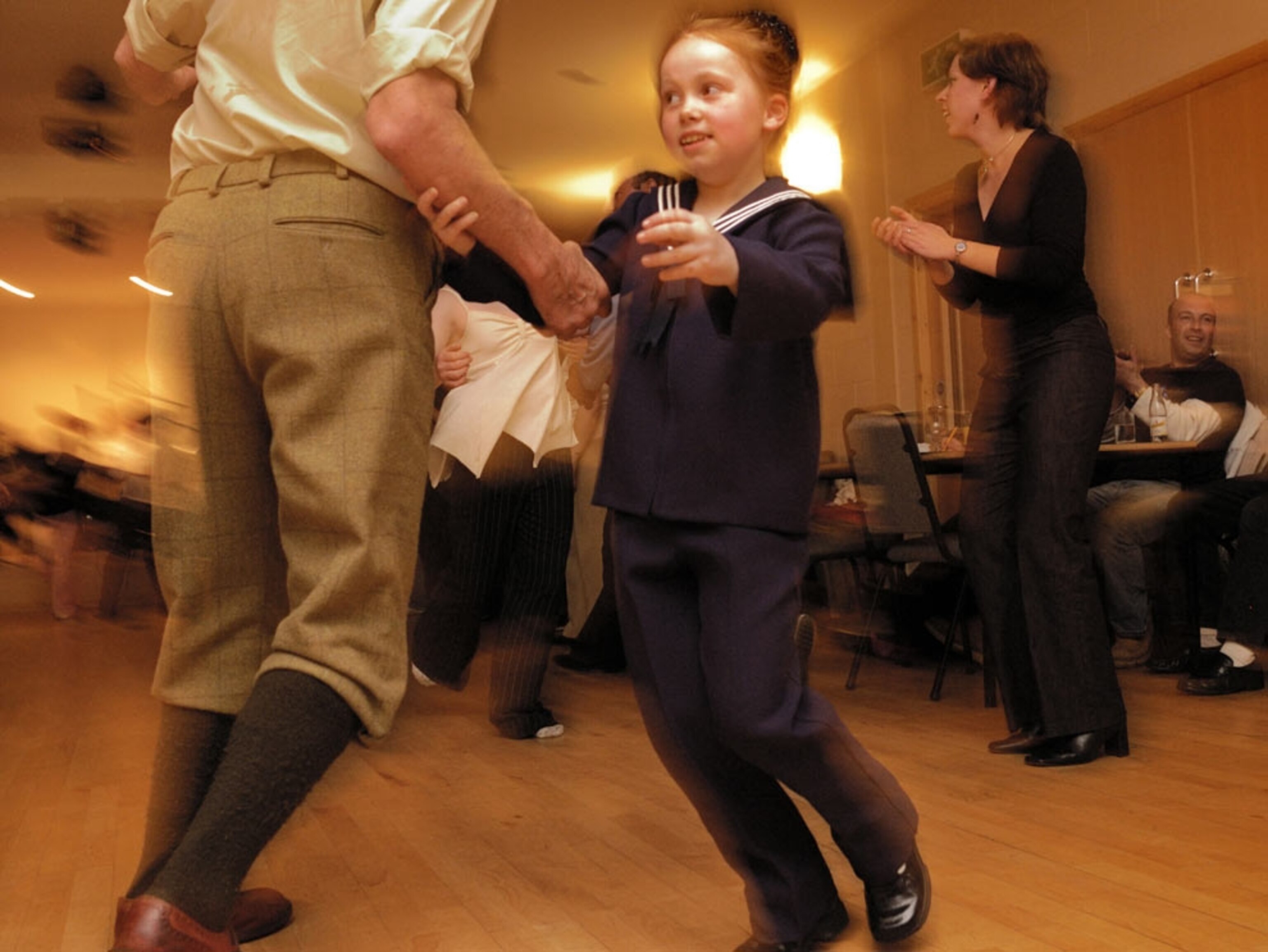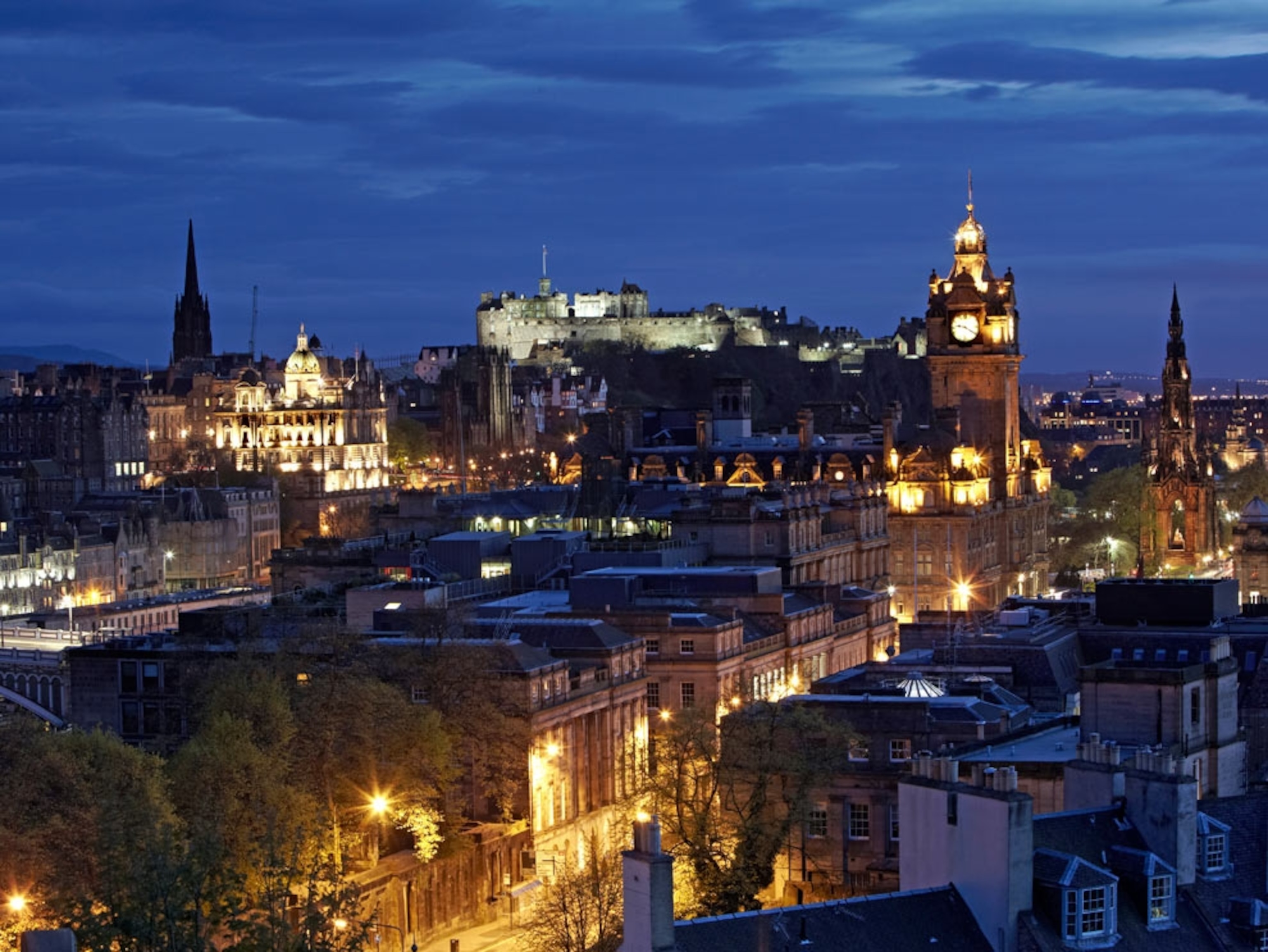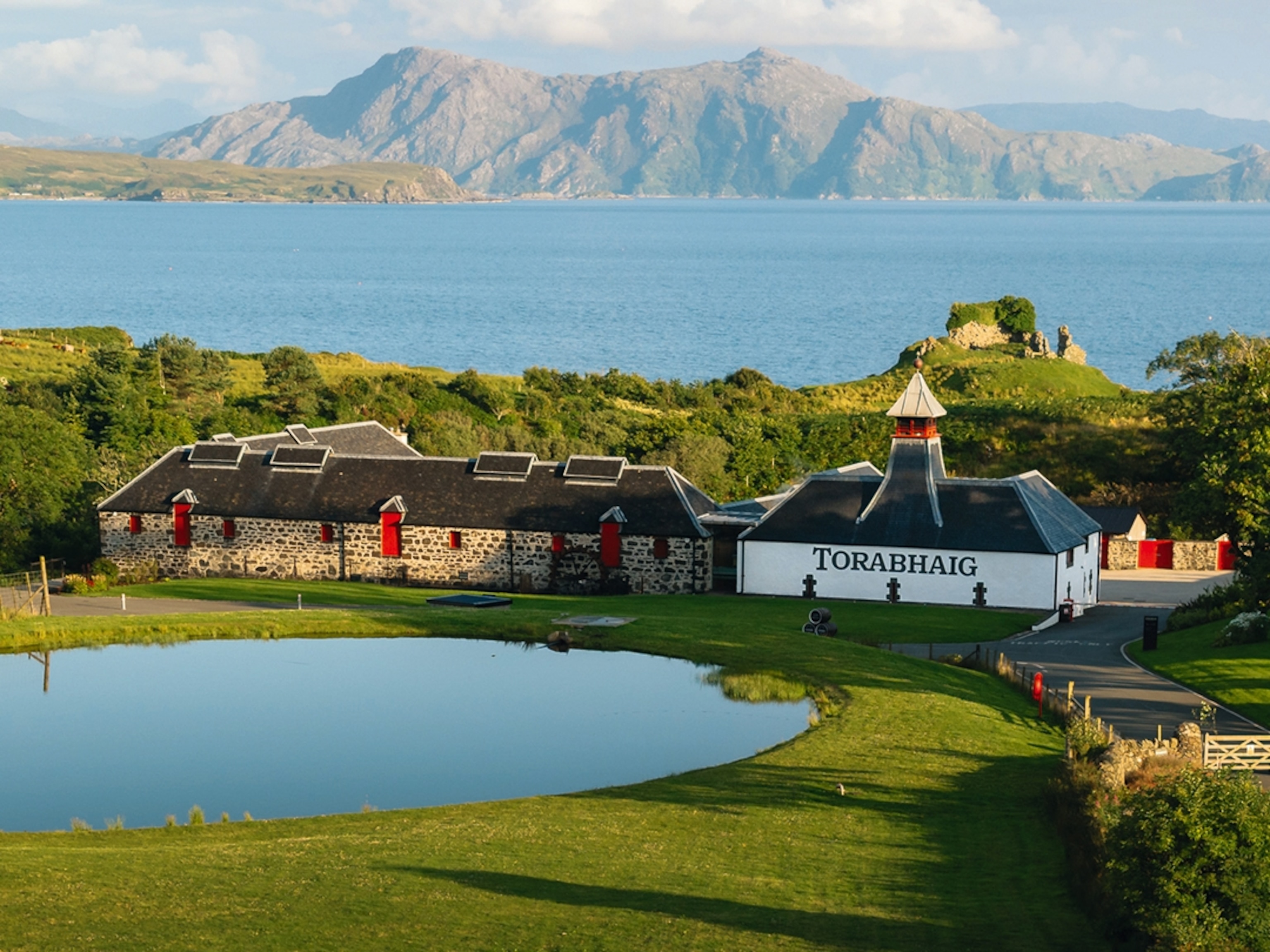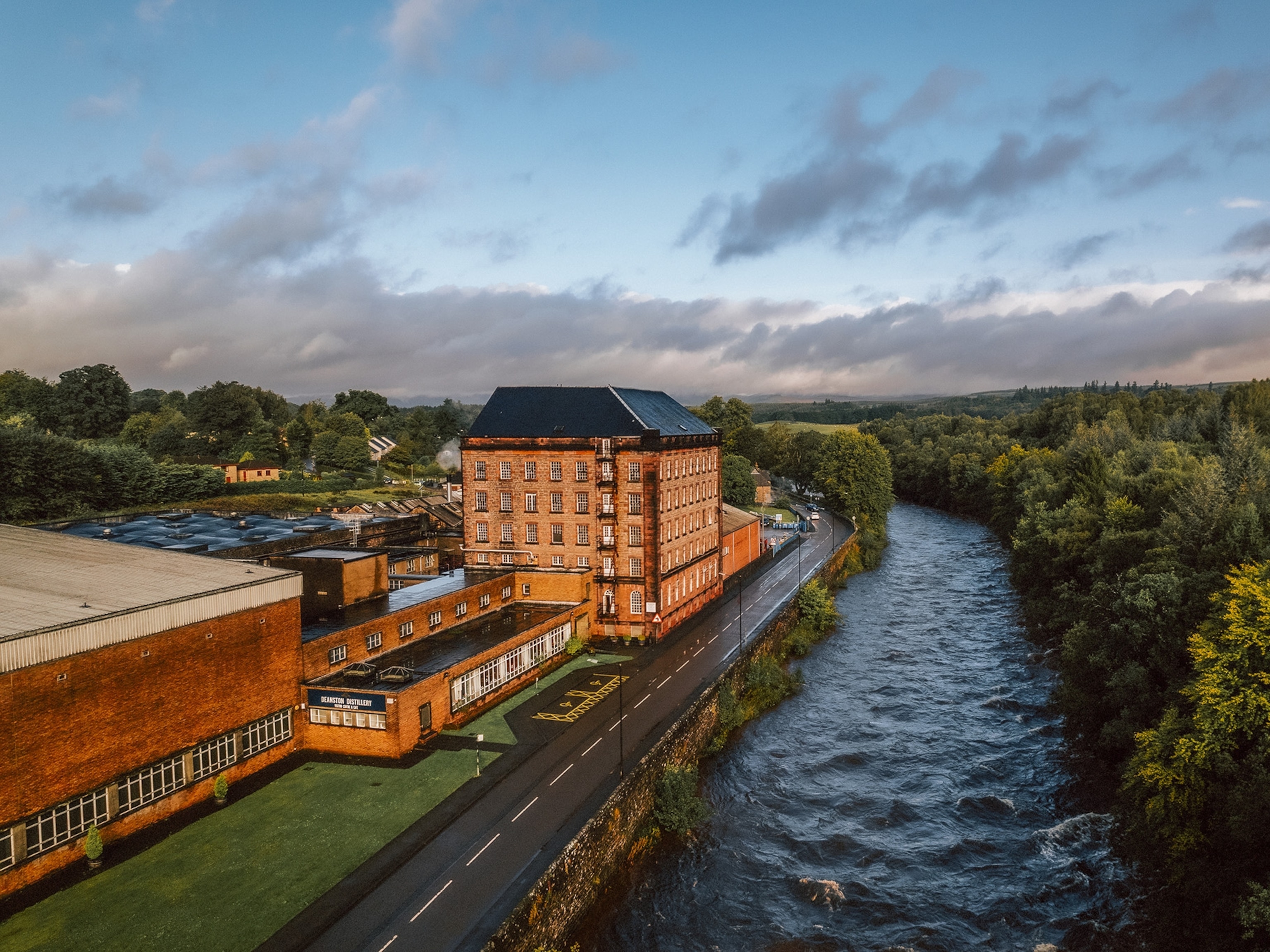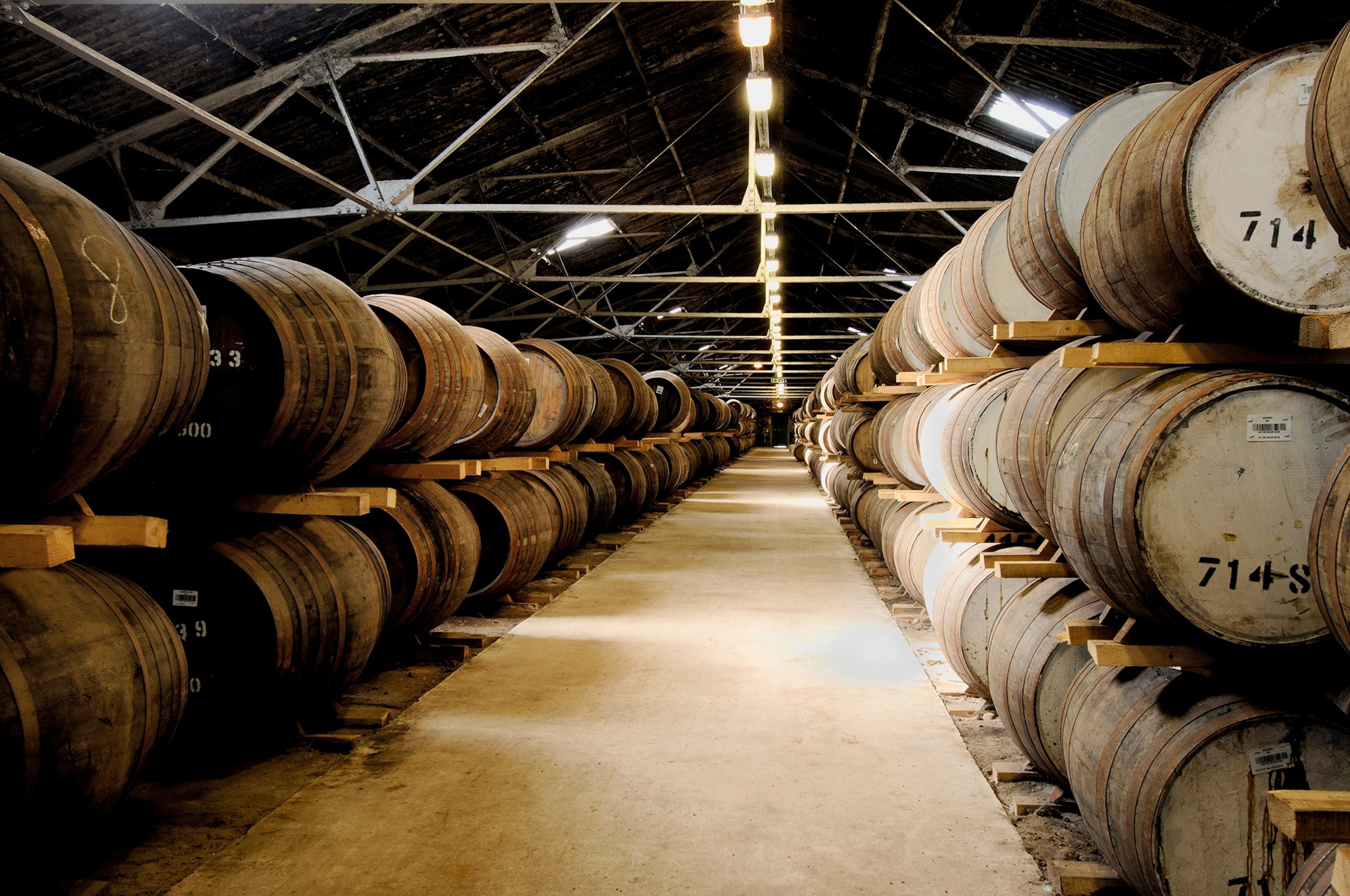
How Scotland Is Bringing Back Its Lost Alcohol
With many Scotch distilleries closed or forgotten, whisky makers look to the past to rethink the country's heritage spirit.
During the last century, almost half of Scotland’s distilleries have been shut down, with many destroyed or forgotten. Global recession, world wars, and overproduction all played a role. Now whisky makers find inspiration in the flavor profiles of closed distilleries.
In towns like Aucehtermuchty, the country's heritage spirit is undergoing a revival. Driving through Scotland’s castle-covered former capital of Fife, it would be easy to skip over the small town of Auchtermuchty in favor of one of the more famous names like St. Andrews. Most of the town’s 2,000 residents don’t even realize that Auchtermucty was once dominated by a distillery whose faded, mint green-coated warehouse sits boarded up on Distillery Street. [Discover more of the best places to drink around the world.]
Three generations of the Bonthrone family—some of Scotland’s first commercial maltsters—crafted internationally exported whisky here before shuttering during Prohibition. “These were pioneering brands that survived for one hundred or so years because they were very good at what they do, and now half of the country’s distilleries have been destroyed and closed,” says Scott Watson, co-founder of the Lost Distillery Company. “It’s a massive part of our identity and cultural heritage that has been discarded.”
For over 150 years, smuggling in Scotland was the norm. Small, portable stills hidden away in the glens around towns like Auchtermuchty evaded ever-increasing taxation by developing a system of signaling codes, with everything from church pulpits to coffins serving as storage space. Despite cracking down on nearly 14,000 illicit stills each year, it’s estimated that by the 1820s, half of the whisky consumed was of the bootleg variety. “Whisky distilling emerged from profiteers in the north of Scotland,” explains Scotch whisky archivist Joseph Trotter. “It was a way for people to make their barley harvest go that much further.”
When small-scale whisky distilling was legalized in 1823, smuggling slowly died out, and blenders like John Walker grew from a local family grocer into a global operation. Smoky Scotch blended with lighter grain whisky opened the spirit up to a wider market, with delivery made even easier in the 1860s thanks to the introduction of the railroad. A trifecta of events (Prohibition in the U.S., the economic crisis in the U.K., and the Second World War), however, quickly caused a domino effect, with one distillery closing down after another. “All of their distilling expertise was going overseas to fight the war effort and many of them were not coming back,” Watson says.
Two hundred-year-old farmsteads like Torabhaig on the Isle of Skye are now some of Scotland’s “newest” distillers, while Lindores Abbey Distillery in Fife is producing whisky from local barley just as the monks did five hundred years ago. Boutique operations such as the Lost Distillery and some of Scotland’s largest producers like Diageo are in the process of reviving “lost” distilleries, conducting social surveys of distilling towns and their drinking habits to uncover the techniques that made whisky taste as it did in the 19th and early 20th centuries.
- National Geographic Expeditions
In Campbeltown, a major smuggling stopover, archivers uncovered cash books and letters from local distillery Dalaruan, whose owner mentions aging whisky in rum casks, which would add tropical fruit flavors. “The importance of rediscovering the lost flavors is as important as a revival of the techniques used; it is a drink, after all,” Trotter explains. “The holy grail would be to try one of these old whiskies and do analysis, but it would probably be unpalatable to most people now since tastes have adapted over the past one hundred years.”
